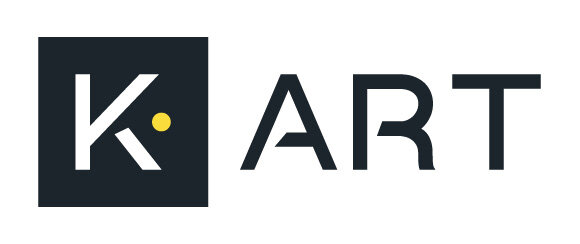Moving East and Matri Lines
On View March 18 -June 3, 2022
Opening Reception March 18th at 7 pm
Moving East highlights four emerging artists—all of whom have established themselves in their West and Midwestern regions—making the journey East for the first time in their careers. They are Erin Gingrich (Koyukon Athabaskan, Inupiaq); Henry Payer (Ho-Chunk); Robyn Tsinnajinnie (Diné), and Terran Last Gun (Piikani). Stories of honor, reclamation, and unity are tales as old as time. Still, these four artists, some of whom are early-career, are already responding to the words left before them with refreshing perspectives.
Matri Lines a solo show by renowned artist Luzene Hill shows on the second level of the K Art Gallery. The Eastern Band of Cherokee artist has created a new body of work following her Township10 Residency in North Carolina. Secluded in the Cherokee mountains, this series expands the relationship between herself and her environment. For her, drawing requires a relinquishment of control, resulting in personal, abstract forms in charcoal, tea, and ink. All Untitled, the six pieces develop with the viewer, for it is the power of communion and reflection that establishes the bond between her and her work, then her work and you.

Erin Gingrich

Henry Payer

Robyn Tsinnajinnie

Terran Last Gun
Luzene Hill
T10_05 “Untitled”, 2021

ERIN GINGRICH
For Erin, the honor of continuing her familial traditions inspires her practice. Erin Ggaamitis Ivalu Gingrich is a Koyukon Athabaskan, Inupiaq and settler carver, painter, and beadworker.
Her work connects with the historically traditional beliefs of ancestors on the value of the natural environment as gifts gathered by the land. The act of fishing is an art of communion, and, in turn, she creates visual delicacies. Moving East will be one of the artist’s first endeavors into exhibiting outside of Alaska.
Her staple, hand-carved basswood fish with glass beads, will take over our Main Wall. These headless creatures once came to her in a dream, and she now utilizes their representation as a statement of Native land acknowledgment, ancestral traditions, and the vitality of natural resources.
Iqalukpik Double from Salmon Lake, 2022
HENRY PAYER
Ciiserec (Now do You see It?), 2022
For Henry, the survivance of, and reparations for, the Ho-Chunk nation inspires his practice. Visually, Payer is a futuristic mapmaker, but his message of reclamation is far from fantasy. Inspired by postcards, family photos, and other commercial memorabilia, he collages various sources and places Ho-Chunk people back on the map.
The artist essentially pieces a utopian reality together from personal experience, art history, historical accounts, etc., predicting what's next for the Ho-Chunk community. The battle of misrepresentation and displacement ignites his drive, ultimately leading him to his solution. “While our collective history leads my interest,” he writes, “it is my art that moves my culture forward.”
The COVID pandemic halted his practice momentarily, but four new collages will grace Moving East.

ROBYN TSINNAJINNIE
For Robyn, the bond of universal womanhood inspires her practice. Growing up, she always felt that being Navajo and a woman was a problem, especially in a non-Native environment.
She grew up listening to the personal accounts of women most important in her life, uncovering the pattern of fear. Her response is universal: to honor and empower women, but her approach is refreshing. Placed in stereotypical settings, she creates a cast of unsung superheroes planning the demise of their male counterparts.
Once feeling alienated due to her culture and sex, she now uses a space-like palette to speak to different cultural groups of women without assigning traditional skin tones. By toying, it only fuels her satirical and conniving imagery. Graduating in 2020 from the Institute of American Indian Arts, she is an emerging artist with an undeniable passion.
Still Life, 2022

TERRAN LAST GUN
Terran Last Gun / Sah’kwiinaamah’kaa (b. 1989, Browning, MT) is a visual artist and printmaker who grew up where the Rocky Mountains and Great Plains greet each other. Last Gun is a Piikani (Blackfeet) citizen of Montana who are a part of the Blackfoot Confederacy. Last Gun is contributing to an ancient Indigenous North American narrative. His artwork is a visual interpretation of nature, the cosmos, cultural narratives, and recollections of home in reduced geometric aesthetics and color harmonies. Last Gun received his A.S. degree from the Blackfeet Community College in 2011 and his BFA in Museum Studies and AFA in Studio Arts from the Institute of American Indian Arts in 2016. He is a recipient of awards from the First Peoples Fund, 2020 Artist in Business Leadership Fellowship; Santa Fe Art Institute, 2018 Story Maps Fellowship; and the Museum of Indian Arts and Culture, 2016 Goodman Aspiring Artist Fellowship. He currently lives and works in Santa Fe, New Mexico.






